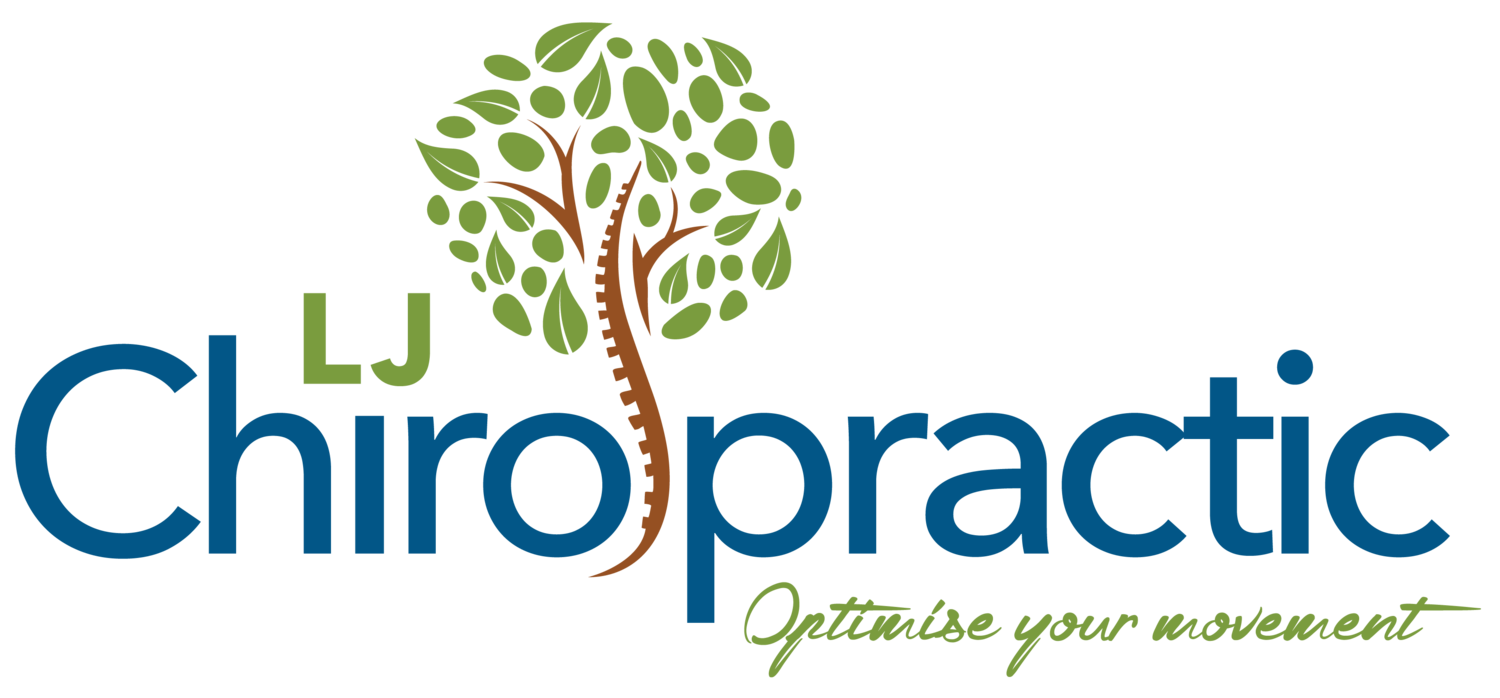Tech neck is a condition where the muscles around the throat become tight due to prolonged computer usage. This causes pain and discomfort in the neck area. The symptoms include headaches, soreness, stiffness, and fatigue.
Technology has revolutionised our lives. From smartphones to laptops, tablets, and even smartwatches, we rely heavily on these devices to get things done. Unfortunately, this dependence comes at a price. Many people suffer from tech neck because they spend too much time staring down at their phones or computers.
There are several ways to treat tech neck. Some methods involve stretching exercises, massage therapy, and other treatments. If you want to prevent tech neck, however, you should try to limit your screen time.
How common is tech neck
Tech neck is when your head is constantly craned forward to view your smartphone screen. This causes your neck muscles to become tight and sore over time. The problem is that most people spend too many hours staring at their smartphones, tablets, laptops, etc., causing them to develop tech neck.
Not only do adults have tech neck but children also experience it as well. In fact, children often use their mobile phones for longer periods of time than adults do. As such, parents need to be aware of how long their kids spend looking at screens. If you suspect that your child may have tech neck, talk to him about their habits. You can help by limiting the amount of time he/she spends using his phone and tablet.
How do you treat a tech neck
For many people, tech neck refers to a chronic problem caused by repetitive computer or phone use. While it is usually treated with rest, stretching exercises, and over-the-counter medications, some patients experience significant improvement with additional treatments
Muscle strains associated with tech neck usually respond well to resting and physical therapy. Doctors can inject the painful spots with anaesthetic to ease the discomfort however can be riskier compared to a chiropractic mobilisation and gentle traction, mixed in with massage or acupuncture .
If you’re experiencing mild to moderate tech neck, you can stretch out your neck muscles during breaks between work sessions. Stretches can be performed while sitting or standing up. To begin, sit upright in a chair with your back straight. Then, place one hand behind your head and gently pull your chin towards your chest. Hold this position for 10 seconds before releasing. Repeat this exercise three times per day for best results.
If you feel that your neck muscles are extremely tight, you might benefit from a chiropractic treatment. Trigger points are small areas of muscle that cause intense pain. These spots are located along the spine and neck. When muscle is dry needled and joint mobilised, they release chemicals that reduce inflammation and relax tense muscles.
The treatment process involves acupressure dry needling and gentle joint traction.
How long does it take for tech neck to go away
The good news is that tech neck usually goes away within two weeks after treatment. However, if you continue to use your device excessively, then the problem will likely return.
How to prevent tech neck
There are several things you can do to avoid developing tech neck. First, make sure that you don’t keep your eyes glued to your smartphone or laptop all day. Instead, look down at your device every once in a while so that you can see what’s going on around you. Also, try not to stare at your screen for more than 30 minutes at a time.
Second, limit your exposure to blue light. Blue light is emitted by devices like smartphones, computers, televisions, and tablets. It has been shown to disrupt sleep cycles and suppress melatonin production. So, if you want to get rid of tech neck, you should turn off these devices before bedtime.
Third, consider investing in a pair of reading glasses. Reading glasses are designed to improve vision when you’re close up to something. They allow you to focus on smaller print without straining your eyes.
Finally, remember that there are other ways to stay connected with friends and family. For example, you could call them instead of texting them. Or, you could send them pictures rather than sending text messages.
Get Treatment for Your Neck Pain Today
Neck pain is common among people. Our team at LJ Chiropractic, Courtney Meleisea, Sophia Karikala and Li Jen Wong are experts when it comes to neck conditions. We believe preventative chiropractic care and management prior to pain determines the longevity of joint movement and prevents injuries occurring, allowing you to lead an active lifestyle. LJ Chiropractic offers tailored treatment options to accommodate the varied needs of our patients. Contact us now for your neck physical examination!

